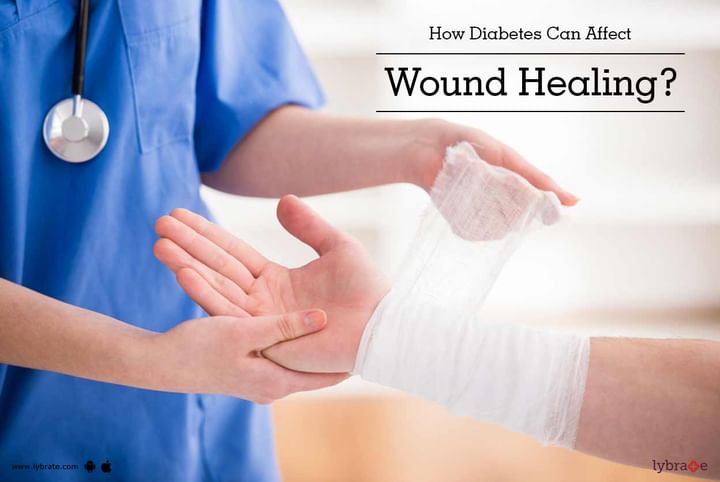How Diabetes Can Affect Wound Healing?
Diabetes is a chronic condition where glucose level of your body rises too high. There are two types of diabetes type 1 and type 2. In case of type 1 diabetes, the body fails to produce insulin and people suffering from this condition have to depend on insulin injections for the rest of their life. In case of type 2 diabetes the body produces less amount of insulin which is not enough for the proper functioning of the body. This type of diabetes can be kept under control by following a healthy diet and practicing exercise regularly.
Why diabetic wounds can cause severe problems?
Diabetes can cause a number of complications that makes it harder for certain wounds to heal. These include:
- Nerve damage: Until a cut or blister worsens and becomes inflamed, in case of neuropathy, you will not experience the pain. Diabetics often suffer from neuropathy, making it difficult for wounds to heal.
- Weak immune system: A minor wound may even get severe and become infected if your immune system fails to exercise its natural defenses.
- Narrow arteries: Blocked arteries may cause severe wounds which becomes difficult to heal. Clogged arteries make it difficult for the blood to flow to the affected area which slows the process of wound healing.
Treating a diabetic wound
You can follow the methods mentioned below to avoid getting infected:
- Taking care of the wound immediately. If the wound is not cleaned and taken care of, letting bacteria to build up, it can lead to infection.
- Avoid using soaps and hydrogen peroxide to irritate the injury. Use antibiotic lotions to prevent infection and use a sterile bandage to keep the affected area covered.
- Consult your doctor before any minor problems turn to larger ones
- Since the bottom of the foot is a common place for developing blisters and calluses in case of diabetic people, try to keep pressure off the wound as it slowly heals If you wish to discuss about any specific problem, you can consult an endocrinologist.


+1.svg)
